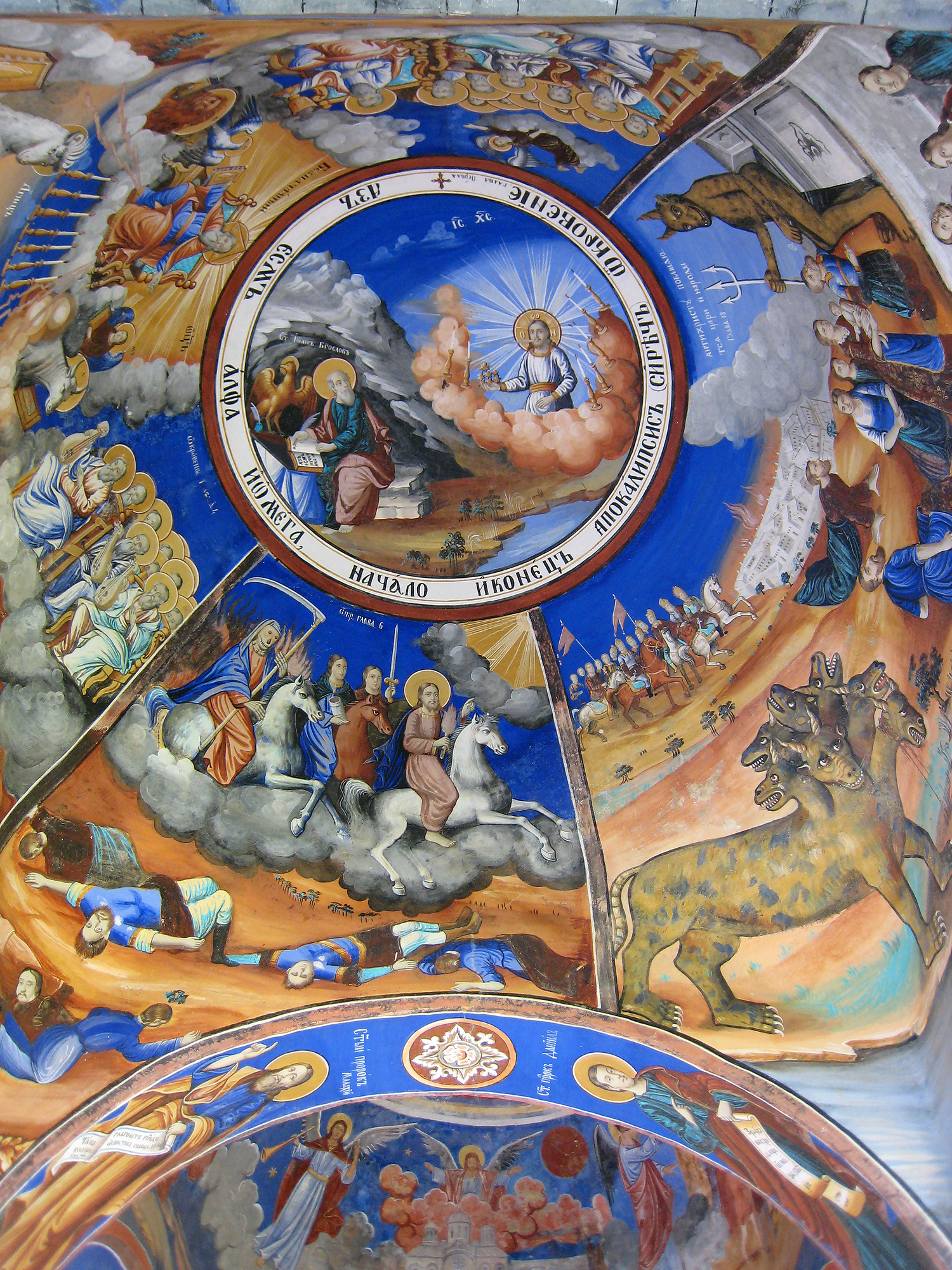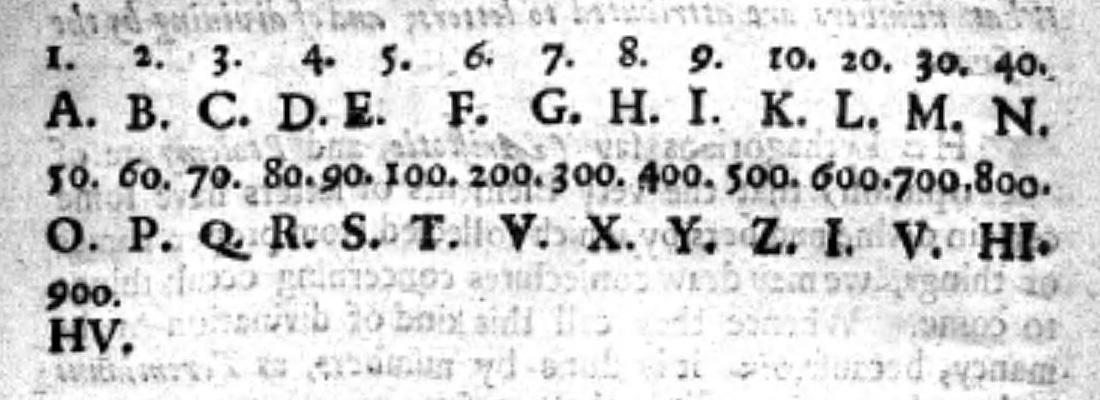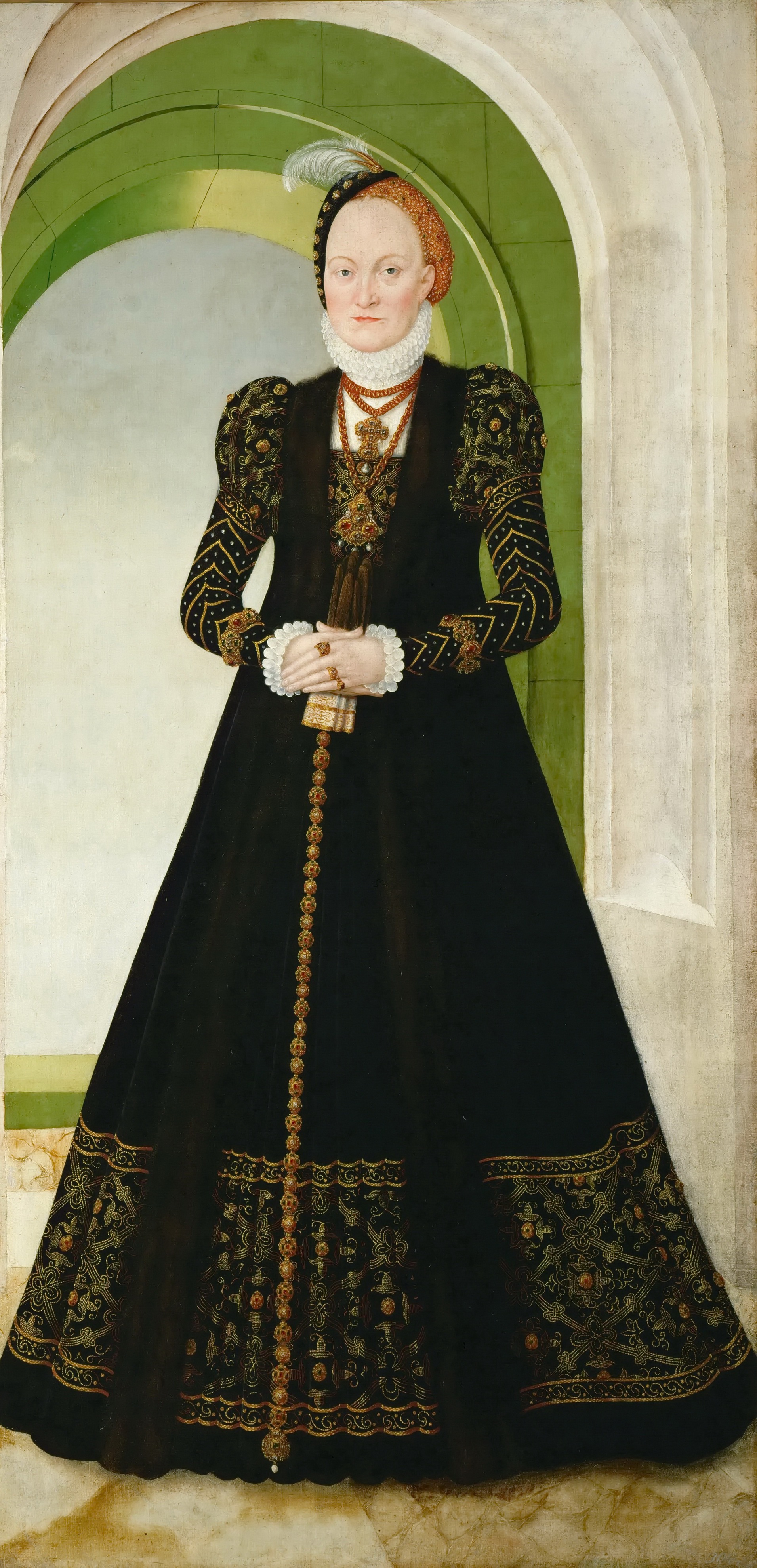|
Michael Stiefel
Michael Stifel or Styfel (1487 – April 19, 1567) was a German monk, Protestant reformer and mathematician. He was an Augustinian who became an early supporter of Martin Luther. He was later appointed professor of mathematics at Jena University. Life Stifel was born in Esslingen am Neckar in southern Germany. He joined the Order of Saint Augustine and was ordained a priest in 1511. Tensions in the abbey grew after he published the poem ''Von der Christförmigen, rechtgegründeten leer Doctoris Martini Luthers'' (1522, i.e. On the Christian, righteous doctrine of Doctor Martin Luther) and came into conflict with Thomas Murner. Stifel then left for Frankfurt, and soon went to Mansfeld, where he began his mathematical studies. In 1524, upon a recommendation by Luther, Stifel was called by the Jörger family to serve at their residence, Tollet Castle in Tollet (close to Grieskirchen, Upper Austria). Due to the tense situation in the Archduchy of Austria in the wake of the ex ... [...More Info...] [...Related Items...] OR: [Wikipedia] [Google] [Baidu] |
Esslingen Am Neckar
Esslingen am Neckar (Swabian German, Swabian: ''Esslenga am Neckor''; until 16 October 1964 officially '' Eßlingen am Neckar'') is a town in the Stuttgart Region of Baden-Württemberg in southern Germany, seat of the Esslingen (district), District of Esslingen as well as the largest town in the district. Within Baden-Württemberg it is the List of cities in Baden-Württemberg by population, 11th largest city. It is located on the river Neckar, about southeast of Stuttgart city center. The regions surrounding the city of Esslingen are also mostly developed. Esslingen was a free imperial city for several centuries until it was annexed by Württemberg in 1802. The German Timber-Frame Road passes through the city. History Prehistoric times There is archaeological evidence that what is now the city of Esslingen was settled since the Neolithic period. Traces of human settlement found at the site of the city church date back to around 1000 B.C. Roman times In the 1st century ... [...More Info...] [...Related Items...] OR: [Wikipedia] [Google] [Baidu] |
Christoph Rudolff
Christoph Rudolff (born 1499 in Jawor, Silesia, died 1545 in Vienna) was a German mathematician, the author of the first German textbook on algebra. From 1517 to 1521, Rudolff was a student of Henricus Grammateus (Schreyber from Erfurt) at the University of Vienna and was the author of a book computing, under the title: ' (Nimble and beautiful calculation via the artful rules of algebra hichare so commonly called "coss"). He introduced the radical symbol (√) for the square root. It is believed that this was because it resembled a lowercase "r" (for "radix"), though there is no direct evidence. Florian Cajori only says that a "dot is the embryo of our present symbol for the square root" though it is 'possible, perhaps probable' that Rudolff's later symbols are not dots but 'r's. Furthermore, he used the meaningful definition that ''x''0 = 1. See also * History of mathematical notation The history of mathematical notation covers the introduction, development, ... [...More Info...] [...Related Items...] OR: [Wikipedia] [Google] [Baidu] |
Last Judgement
The Last Judgment is a concept found across the Abrahamic religions and the '' Frashokereti'' of Zoroastrianism. Christianity considers the Second Coming of Jesus Christ to entail the final judgment by God of all people who have ever lived, resulting in the salvation of a few and the damnation of many. Some Christian denominations believe most people will be saved, some believe most people will be damned, and some believe the number of the saved and of the damned is unknown. The concept of the Last Judgment is found in all the canonical gospels, particularly in the Gospel of Matthew. The Christian tradition is also followed by Islam, where it is mentioned in many chapters of the Quran, according to some interpretations. The Last Judgment has inspired numerous artistic depictions, including painting, sculpture and evangelical work. In Judaism In Judaism, beliefs vary. Rosh HaShanah is sometimes referred to as a 'day of judgement', but it is not conceptualized as ''the'' Day ... [...More Info...] [...Related Items...] OR: [Wikipedia] [Google] [Baidu] |
Apocalypse
Apocalypse () is a literary genre originating in Judaism in the centuries following the Babylonian exile (597–587 BCE) but persisting in Christianity and Islam. In apocalypse, a supernatural being reveals cosmic mysteries or the future to a human intermediary. The means of mediation include dreams, visions and heavenly journeys, and they typically feature symbolic imagery drawn from the Jewish Bible, cosmological and (pessimistic) historical surveys, the division of time into periods, esoteric numerology, and claims of ecstasy and inspiration. Almost all are written under pseudonyms (false names), claiming as author a venerated hero from previous centuries, as with the Book of Daniel, composed during the 2nd century BCE but bearing the name of the legendary Daniel from the 6th century BCE. Eschatology (from Greek ''eschatos'', last) concerns expectations of the end of the present age. Thus, apocalyptic eschatology is the application of the apocalyptic world-view to the e ... [...More Info...] [...Related Items...] OR: [Wikipedia] [Google] [Baidu] |
Numerology
Numerology (known before the 20th century as arithmancy) is the belief in an occult, divine or mystical relationship between a number and one or more coinciding events. It is also the study of the numerical value, via an alphanumeric system, of the letters in words and names. When numerology is applied to a person's name, it is a form of onomancy. It is often associated with astrology and other divinatory arts. Number symbolism is an ancient and pervasive aspect of human thought, deeply intertwined with religion, philosophy, mysticism, and mathematics. Different cultures and traditions have assigned specific meanings to numbers, often linking them to divine principles, cosmic forces, or natural patterns. The term numerologist can be used for those who place faith in numerical patterns and draw inferences from them, even if those people do not practice traditional numerology. For example, in his 1997 book ''Numerology: Or What Pythagoras Wrought'' (), mathematician Underwo ... [...More Info...] [...Related Items...] OR: [Wikipedia] [Google] [Baidu] |
Arithmetic
Arithmetic is an elementary branch of mathematics that deals with numerical operations like addition, subtraction, multiplication, and division. In a wider sense, it also includes exponentiation, extraction of roots, and taking logarithms. Arithmetic systems can be distinguished based on the type of numbers they operate on. Integer arithmetic is about calculations with positive and negative integers. Rational number arithmetic involves operations on fractions of integers. Real number arithmetic is about calculations with real numbers, which include both rational and irrational numbers. Another distinction is based on the numeral system employed to perform calculations. Decimal arithmetic is the most common. It uses the basic numerals from 0 to 9 and their combinations to express numbers. Binary arithmetic, by contrast, is used by most computers and represents numbers as combinations of the basic numerals 0 and 1. Computer arithmetic deals with the specificities of the ... [...More Info...] [...Related Items...] OR: [Wikipedia] [Google] [Baidu] |
Annaburg
Annaburg () is a town in Wittenberg district in Saxony-Anhalt, Germany. It was the seat of the former ''Verwaltungsgemeinschaft'' Annaburg-Prettin. Constituent communities The town Annaburg consists of the following ''Ortschaften'' or municipal divisions:Neufassung der Hauptsatzung der Stadt Annaburg 23 February 2021. *Annaburg * Axien * Bethau * Groß Naundorf * * [...More Info...] [...Related Items...] OR: [Wikipedia] [Google] [Baidu] |
Wittenberg
Wittenberg, officially Lutherstadt Wittenberg, is the fourth-largest town in the state of Saxony-Anhalt, in the Germany, Federal Republic of Germany. It is situated on the River Elbe, north of Leipzig and south-west of the reunified German federal capital city of Berlin, and has a population of 46,008 (2018). Wittenberg has close connections with Martin Luther (1483–1546) and the 16th century religious / theological movement of Protestantism begun here in the Reformation, and the large branch of Western Christianity started here of Lutheranism, Evangelical Lutheranism, for which it received the honorific title ''Lutherstadt'' and has been called the "cradle of the Reformation" and "cradle of Protestantism". Several of Wittenberg's buildings are associated with the historical / religious events, including a preserved part of the Augustinians, Augustinian monastery of the local community of the world-wide Catholic Church, Roman Catholic Order of St. Augustine in which Luth ... [...More Info...] [...Related Items...] OR: [Wikipedia] [Google] [Baidu] |
Schärding
Schärding ( , Bavarian name: Scharing) is a town in the northern Austrian state of Upper Austria, the capital of the district of the same name, and a major port on the Inn River. Historically, it was owned by the Wittelsbach family, which is reflected in the town's architecture. As of 1 January 2021, it had a population of 5,216. History and features The Bavarian Wittelsbach family owned the town until 1779. ''Eyewitness Travel Austria'' guide describes Schärding's best feature as its central square, at the north end of which sits the Silberzeile row of gabled-roof houses. Other features include the large Church of St. George. The castle is gone but in its gateway there is a local museum with religious sculptures including those by Johann Peter Schwanthaler. Geography The town sits at an altitude of 313 meters and is located in the Innviertel. It measures 4.1 kilometers from north to south, 1.9 km from west to east. The total area is 4.08 km². 2.4 percent of the ... [...More Info...] [...Related Items...] OR: [Wikipedia] [Google] [Baidu] |
Leonhard Kaiser
Leonhard Kaiser (around 148016 August 1527; also spelled ''Lienhard, Lenhard, Kaysser, Kayser, Keizer, Käser'') was a Lutheran theologian and reformer who was burned as a heretic. Biography Kaiser was born in Raab, Austria, Raab in the Bavarian Innviertel c. 1480 to a middle class family. He studied theology at the University of Leipzig, and earned a baccalaureate degree in 1501. He was ordained as a priest in Passau and, among clerical services, became a vicar in Waizenkirchen. In 1524, he was accused of Lutheran heresy and jailed, until he revocated. Plagued by a bad conscience, Kaiser moved to Wittenberg where Martin Luther taught and enrolled at the University of Wittenberg in 1525, becoming Luther's student and friend. He returned to Raab, his home village, in 1527 to see his terminally ill father again. He extended his stay due to his own illness. His Lutheran attitude was reported to Petrus Doerffel von Suben, pastor of Raab. Ernest of Bavaria (1500–1560), Ernest of ... [...More Info...] [...Related Items...] OR: [Wikipedia] [Google] [Baidu] |
Archduchy Of Austria
The Archduchy of Austria (; ) was a major Princes of the Holy Roman Empire, principality of the Holy Roman Empire and the nucleus of the Habsburg monarchy. With its capital at Vienna, the archduchy was centered at the Empire's southeastern periphery. Its present name originates from the Frankish term ''Oustrich'' – Eastern Kingdom (east of the Francia, Frankish kingdom). The archduchy developed out of the Bavarian Margraviate of Austria, elevated to the Duchy of Austria according to the 1156 ''Privilegium Minus'' by Emperor Frederick Barbarossa. The House of Habsburg came to the Austrian throne in Vienna in 1282 and in 1453 Emperor Frederick III, Holy Roman Emperor, Frederick III, also the ruler of Austria, officially adopted the archducal title. From the 15th century onward, all Holy Roman Emperors but Charles VII, Holy Roman Emperor, one were Austrian archdukes and with the acquisition of the Lands of the Bohemian Crown, Bohemian and Kingdom of Hungary (1526–1867), Hungarian ... [...More Info...] [...Related Items...] OR: [Wikipedia] [Google] [Baidu] |







